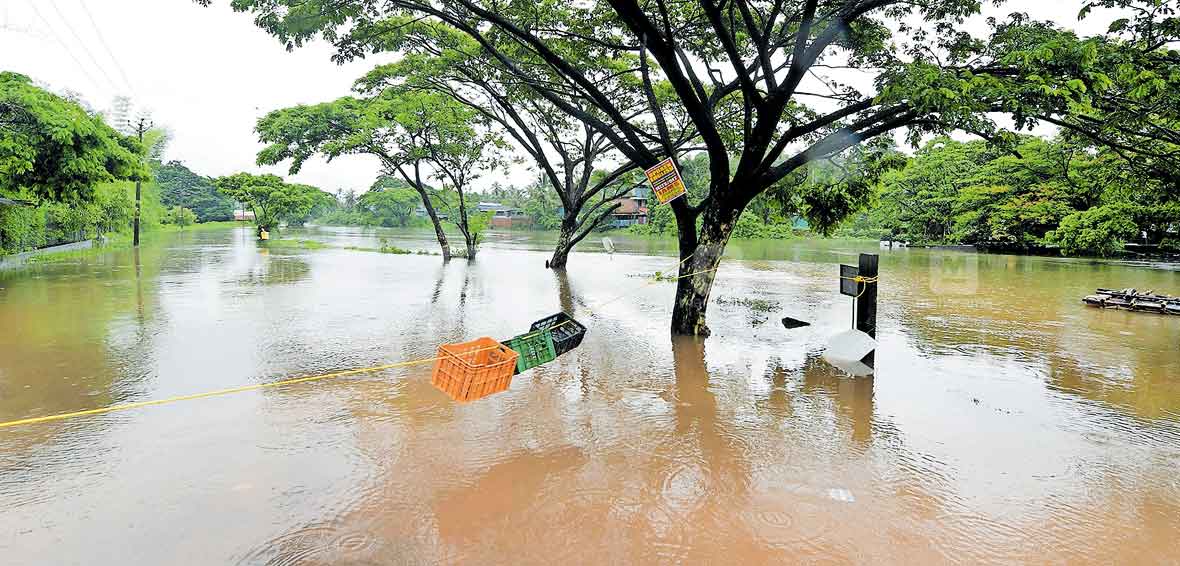
In April 1983, the town of Thistle, Utah, experienced a devastating landslide brought on by heavy rains and rapidly melting snow. Vegetation holds soil in place, and without the root systems of trees, bushes, and other plants, the land is more likely to slide away.Ī classic morphological cause of landslides is erosion, or weakening of earth due to water. For example, slopes that lose their vegetation to fire or drought are more vulnerable to landslides. Morphology refers to the structure of the land.

The earth or rock might be weak or fractured, or different layers may have different strengths and stiffness. Geology refers to characteristics of the material itself. Landslides have three major causes: geology, morphology, and human activity. Landslides cause an estimated 25 to 50 deaths and $3.5 billion in damage each year in the United States. Near populated areas, landslides present major hazards to people and property. Other types of mass wasting include rockfalls and the flow of shore deposits called alluvium.

A mass wasting is any downward movement in which the Earth's surface is worn away. Geologists, scientists who study the physical formations of the Earth, sometimes describe landslides as one type of mass wasting. Landslides are caused by rain, earthquakes, volcanoes, or other factors that make the slope unstable.

A landslide is the movement of rock, earth, or debris down a sloped section of land.


 0 kommentar(er)
0 kommentar(er)
